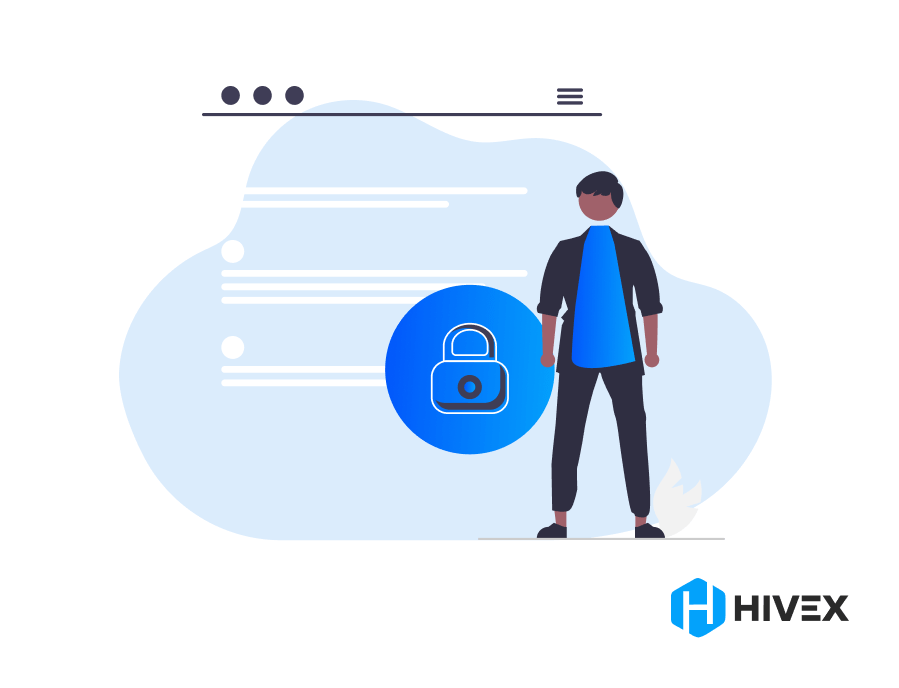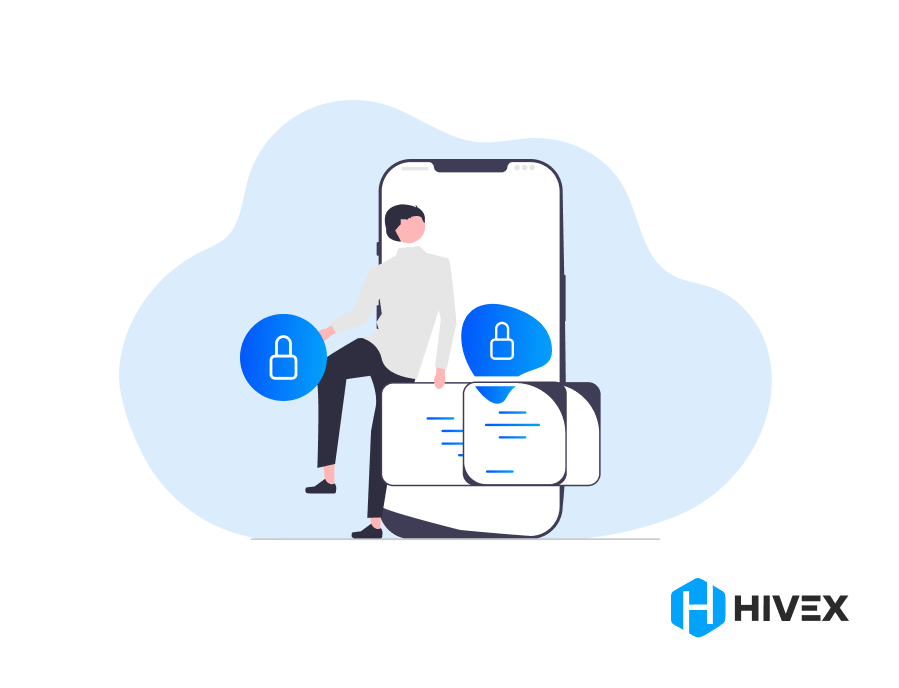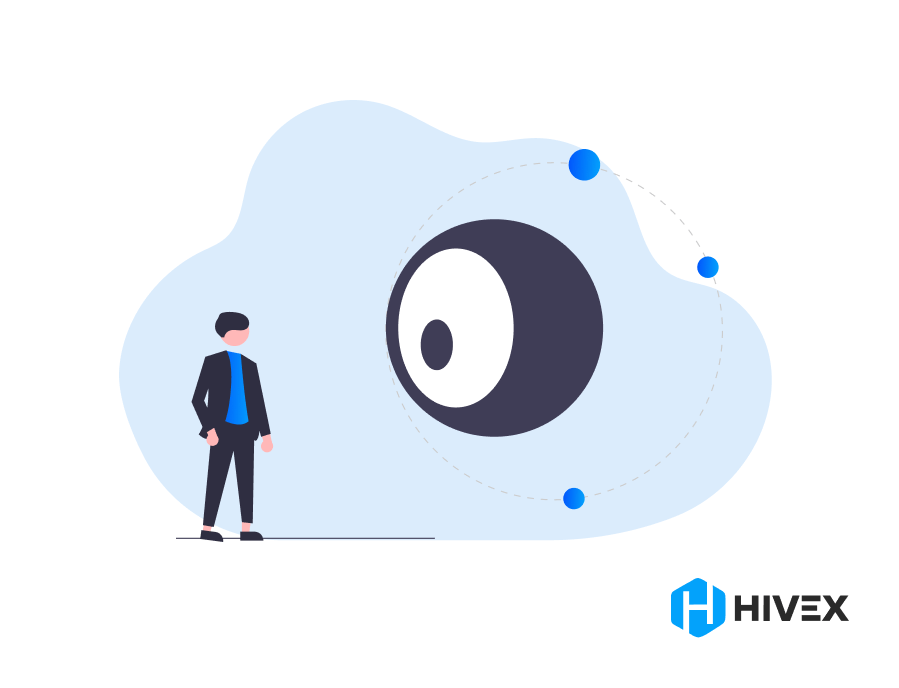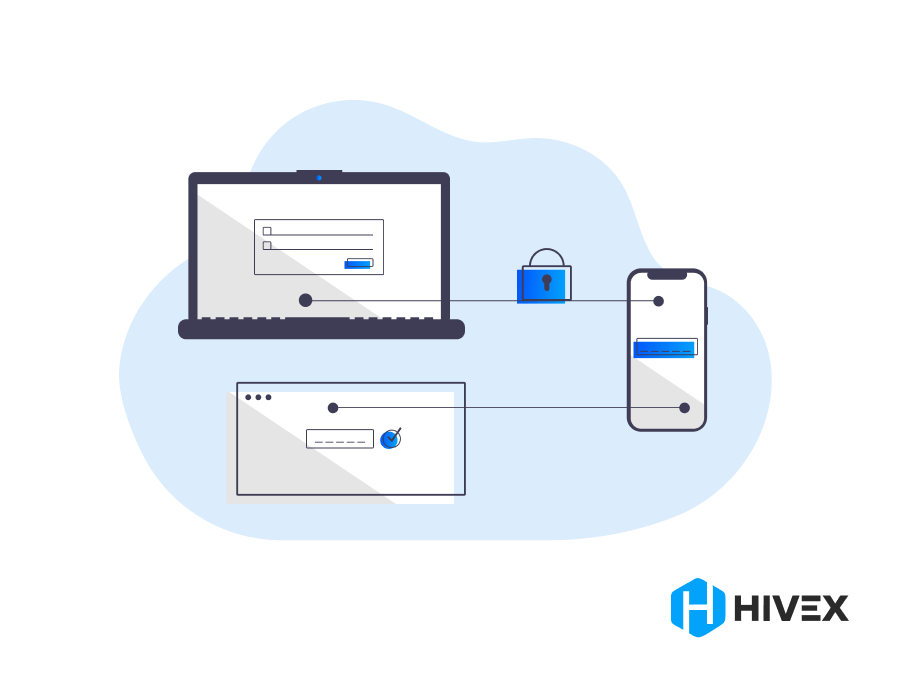Software Development Security Standards: A Complete Guide

Overlooking the main software development security standards can seriously affect your business. As more and more organizations rely on software to streamline operations and improve customer experiences, security has become increasingly important.
In this comprehensive guide, we will address common security risks in the software development process, provide an overview of the main security standards, and look at how to implement secure best practices.
“There are two types of companies: those that have been hacked, and those who don’t yet know they have been hacked.” – John Chambers, Former CEO of Cisco.
Security in Software Development: Why It Matters
Security is a vital aspect of software development that should never be overlooked.
Countless vulnerabilities lurk in the digital domain, waiting to be exploited by malicious actors. By prioritizing security from the outset, developers can safeguard sensitive data, mitigate risks, and earn users’ trust.
Security breaches can have severe consequences, including financial losses, reputational damage, and legal repercussions. As the adage says, it is better to be safe than sorry. Let us now explore the importance of addressing security risks in software development.
Sensitive Data Protection
One of the key reasons security in software development is crucial is the protection of sensitive data. In today’s interconnected world, data breaches are increasingly common.
Hackers and cybercriminals are constantly looking for weaknesses in software systems to gain unauthorized access to valuable information. By adopting robust security measures, software developers can ensure that user data, such as personal information, financial details, and confidential documents, remains protected.
Risk Mitigation
Addressing security risks in the software development processes helps mitigate potential risks. By identifying and fixing vulnerabilities early on, developers can prevent security breaches and minimize the impact of potential attacks. This proactive approach not only saves resources and time but also enhances the software’s overall stability and reliability.

User Trust
Another critical aspect of prioritizing security in software engineering is building trust with users. Online users are increasingly cautious about sharing their personal info as privacy concerns rise.
By demonstrating a commitment to security, developers can instill confidence in their users, leading to increased adoption and usage of their applications. Trust is a valuable asset in the digital world.
By prioritizing security, developers can differentiate themselves from competitors and build long-lasting relationships with their user base.
Damage Prevention
Security breaches can have far-reaching consequences for companies. Apart from the financial losses incurred due to data breaches, companies can also suffer reputational damage.
News of a security breach spreads quickly, and negative publicity can tarnish an organization’s image, leading to loss of customers and business opportunities.
Additionally, legal repercussions, such as lawsuits and regulatory penalties, can further compound the impact of a security breach.
By investing in robust security measures during the software development processes, organizations can minimize the risk of such incidents and protect their reputation and bottom line.
Security is an essential consideration in software engineering. By prioritizing security from the beginning, you can protect sensitive data, mitigate risks, build trust with your customers, and protect your brand.
To stay one step ahead of malicious actors, software engineers must stay vigilant and constantly update their security practices.
Remember, it is always better to be proactive rather than reactive when it comes to security.
Common Security Risks in The Software Development Process

Software development is susceptible to various security risks. Let’s explore them in more detail.
1. Insecure Coding Practices
One of the most prevalent risks is insecure practices in coding. Inexperienced or rushed developers may inadvertently introduce vulnerabilities into their code, creating an open invitation for exploitation. For example, a developer might fail to properly validate user input, allowing malicious actors to inject malicious code into the system.
2. Inadequate Threat Modeling
Inadequate threat modeling is another common risk, where developers fail to identify potential threats and assess their impact on the system.
The modeling of threats involves analyzing the system’s architecture, identifying potential security vulnerabilities, and determining the likelihood and impact of each threat. Without proper modeling, developers may overlook critical security flaws, leaving their software exposed to attacks.
3. Poor Access Control Mechanisms
A lack of access control can pave the way for unauthorized access to sensitive data.
Weak authentication and authorization protocols, such as using easily guessable passwords or not implementing proper user role-based access controls, can make it easier for attackers to gain unauthorized access to sensitive information. This can lead to data breaches, identity theft, and other serious consequences.
4. Third-Party Vulnerabilities
Software development teams often face the risk of third-party vulnerabilities. When integrating third-party libraries or components into their software, developers rely on the security measures implemented by those providers.
However, if these third-party components have weaknesses or are not regularly updated, they can become a weak link in the overall security posture of the software system.
5. Insufficient Security Testing and Code Reviews
Inadequate security testing and code revisions can also pose significant risks. Without thorough testing, developers may miss critical vulnerabilities or fail to identify weaknesses in their code.
Code reviews, on the other hand, provide an opportunity for peers to identify potential security flaws and suggest improvements. Neglecting these processes can leave software systems exposed to various attacks.
6. Social Engineering Attacks
Lastly, social engineering attacks pose a significant risk to the software development process.
Social engineering involves manipulating individuals to gain unauthorized access to sensitive information. Many developers may unknowingly fall victim to phishing emails, phone calls, or other social engineering techniques, compromising the security of the entire software system.
These are just a few examples of the many security risks that developers must be aware of and actively address to maintain the integrity of their software systems.
By understanding these risks and implementing appropriate security measures, developers can significantly reduce the chances of their software being exploited by malicious actors.

Overview of Software Development Security Standards
There are various industry standards that have been developed to establish a secure framework for software engineering.
These standards provide guidelines, best practices, and frameworks that organizations can adhere to throughout the development life cycle processes.
ISO/IEC 27001
ISO/IEC 27001 outlines the requirements for establishing, maintaining, and continually improving an information security management system. This is part of the broader category of ISO standards, which are designed to ensure quality and compliance in various domains.
ISO/IEC 27001 is an international standard that helps businesses manage information security risks effectively. It provides a systematic approach to managing sensitive company information, ensuring confidentiality, integrity, and availability. This standard is crucial not just for service-oriented companies but also for those that have developed software products, where data security is a paramount concern.
It covers various aspects of information security, including risk assessment, security policy, asset management, access control, and incident management.
By implementing ISO/IEC 27001, organizations can demonstrate their commitment to protecting sensitive information and building trust with their stakeholders. Also, it ensures that the software products developed by these companies are in compliance with internationally recognized security practices.
OWASP
The Open Web Application Security Project Top 10 list identifies the most critical web application security risks that developers should be aware of and take measures to mitigate to enhance software security.
It includes common weaknesses such as injection attacks, broken authentication, and cross-site scripting. By following the guidelines provided by OWASP, developers can build more secure software components and reduce the risk of potential attacks. Adhering to these guidelines is part of following software development standards, which help developers make more informed decisions in securing web applications.
“While no protocol prevents all threats, adhering to core standards significantly reduces risk. Plus it fosters a security-first culture across engineering.” – Alex Berdyshev, CEO of Hivex.
NIST SP 800-53
The National Institute of Standards and Technology (NIST) Special Publication 800-53 is another widely recognized standard in the field of software security.
This publication provides a comprehensive catalog of security and privacy controls for federal information systems and organizations. It covers a wide range of security areas, including access control, incident response, system and information integrity, and security assessment and authorization.
By following NIST SP 800-53 guidelines, organizations can ensure their development practices align with industry best practices. In addition, they can meet the security requirements of federal information systems.
Establishing secure development practices is crucial in today’s digital landscape, where cyber threats are becoming increasingly sophisticated.
By adhering to industry standards such as ISO/IEC 27001, OWASP Top 10, and NIST SP 800-53, organizations can enhance the security of their software applications. This will protect sensitive information from unauthorized access, modification, or disclosure.
From requirements gathering and design to coding, testing, and deployment, organizations need to prioritize security throughout the software development lifecycle. This will help them build trust with their customers, protect their reputation, and reduce security risks.
You may also like: How to Manage Remote Development Teams

Implementing Secure Software Development Practices
Implementation of secure development practices requires a systematic approach that spans the entire software development lifecycle. By following a step-by-step process, companies can ensure that security is ingrained at every stage of development.
1. Define and document security requirements: Begin by identifying the system’s security needs and constraints. Document these requirements to serve as a reference throughout the development process.
2. Train and educate developers: Ensure that developers have the necessary knowledge and skills to implement secure practices in coding. Conduct regular security training sessions to keep developers updated on the latest security threats and mitigation techniques.
3. Adopt a secure development framework: Choose a secure development framework that aligns with industry standards and best practices. These frameworks provide guidelines and tools for establishing secure practices in coding and can significantly reduce the risk of vulnerabilities.
4. Conduct regular code reviews: Establish a process for conducting regular code reviews to determine and fix potential weaknesses. These revisions should be performed by experienced engineers who know secure practices.
5. Implement security testing: Incorporate security testing into the development process. This can include penetration testing, vulnerability scanning, and security-focused testing techniques. Regularly test the software to identify any weaknesses or vulnerabilities present.
6. Perform threat modeling: Conduct modeling exercises to identify potential security threats and address them proactively. This involves analyzing the system’s architecture, identifying potential attack vectors, and setting up appropriate security controls.
7. Secure deployment and maintenance: Implement secure deployment practices, such as secure configuration management and secure update processes. Regularly monitor the software for any security holes and promptly apply patches and updates.

Tools and Technologies for Maintaining Secure Software Development Standards
Maintaining secure software development standards requires various tools and technologies. These tools help automate security processes, determine weaknesses, and ensure compliance with industry standards.
1. Static code analysis tools: Static code analysis tools analyze source code without executing it, finding potential security holes and coding errors. They can help engineers identify and fix security issues early in the development process.
2. Dynamic application security testing (DAST) tools: DAST tools test the running application for vulnerabilities by simulating attacks. These tools help determine weaknesses that may not be apparent during static code analysis.
3. Software composition analysis (SCA) tools: SCA tools analyze software dependencies and third-party components to identify known vulnerabilities or outdated versions. SCAs help ensure that the software includes only secure and up-to-date components.
4. Secure coding frameworks and libraries: Secure coding frameworks and libraries provide pre-built components and modules that adhere to secure coding practices. Using these frameworks and libraries reduces the risk of introducing weaknesses during development.
5. Security incident and event management (SIEM) systems: SIEM systems collect and analyze security event data from various sources, allowing organizations to detect and respond to security incidents promptly. These systems provide real-time monitoring and alerting capabilities.
6. Secure coding guidelines and checklists: Secure coding guidelines and checklists provide developers with best practices to follow when writing code. These guidelines ensure that engineers adhere to secure coding practices consistently.

Conclusion
Secure software development standards are a critical aspect of modern software engineering. The ever-increasing prevalence of cyberattacks, the rise of embedded systems, and the need for regulatory compliance underline the importance of adopting robust security measures throughout the software development life cycle.
By following best practices, such as incorporating security considerations from the requirements gathering phase, conducting regular code revisions and security testing, and prioritizing secure coding practices, companies can significantly enhance the software security of their systems. This approach is vital not only for traditional computer programs but also for mobile devices and electronics engineers working on embedded systems.
Furthermore, by utilizing tools and technologies that automate security processes, determine security weaknesses, and ensure compliance, every organization can maintain effective software life cycle processes. These processes include functional size measurement, a common language for software measurement, and a risk-based approach to managing security vulnerabilities.
Read also: How to Conduct Software Developer Performance Reviews


